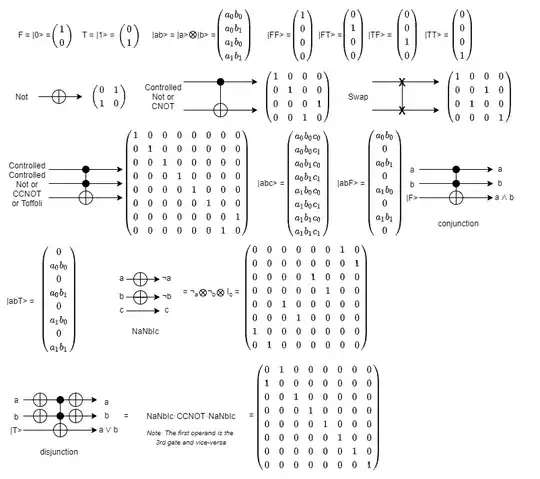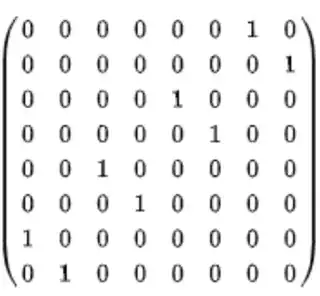Welcome to QCSE. You seem to have gotten some of the gist of quantum gates but don't be surprised if not every such gate is promoted to having a specific, universally recognized name.
A reason some gates such as $\mathsf{CCNOT}$ (Toffoli) or $\mathsf{CSWAP}$ (Fredkin) have such a name is because they have been found to be useful and are a shorthand for the specific functions they perform. Indeed, the properties of both the $\mathsf{CCNOT}$ gate and the $\mathsf{CSWAP}$ gates were investigated in the context of reversible (classical) computing as studied in the 70's/early 80's, prior to/parallel to the beginnings of quantum computing.
Furthermore other lessons from classical computer engineering may form a context for quantum computing. For example, you properly identified a quantum $\mathsf{SWAP}$ gate, but classically promoting such an operation to a formal "gate" appears to be overkill. A classical computer engineer wishing to implement such a classical $\mathsf{SWAP}$ gate wouldn't likely consider any specific layout of CMOS transistors implementing a swap; rather, she would instead just consider jumping one input around another with a set of vias/metal runners. However, a quantum computer engineer (if there is such a term) would indeed be worried about how she implements the gate by means of the appropriate microwave/laser pulses, for example. A quantum $\mathsf{SWAP}$ is something entirely different from a classical swap; thus it's appropriate for us to give it a formal name.
Looking more at your specific gate, each input is a single-qubit gate, and there's no way for any entanglement to be created with such a gate. For example, if each of $\vert a\rangle$, $\vert b\rangle$, and $\vert c\rangle$ were unentangled prior to the operation of the $\mathsf{HOCKING}$ gate, they would be afterwards.
Thus don't be surprised if your gate doesn't have a specific, universally recognized name.

